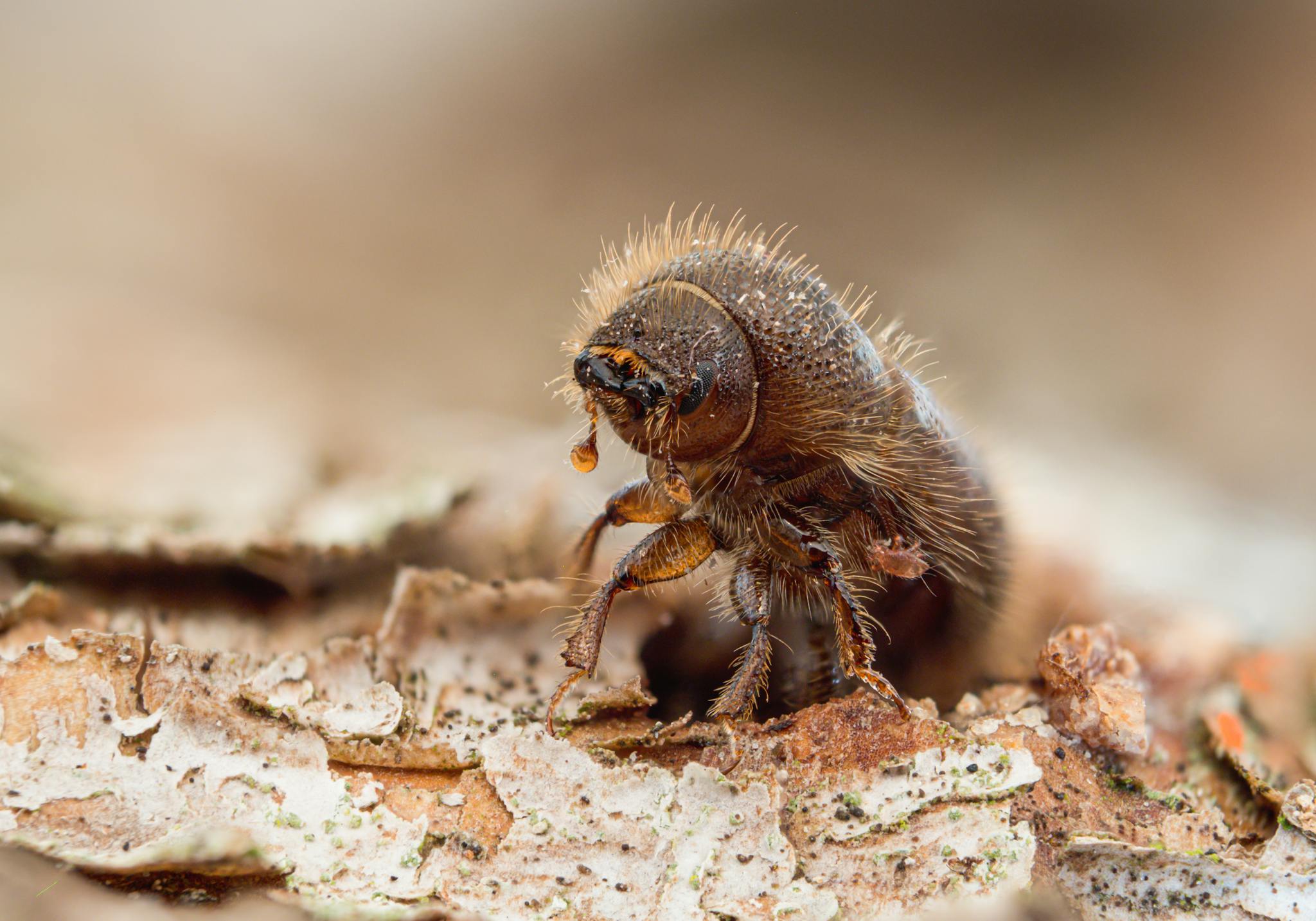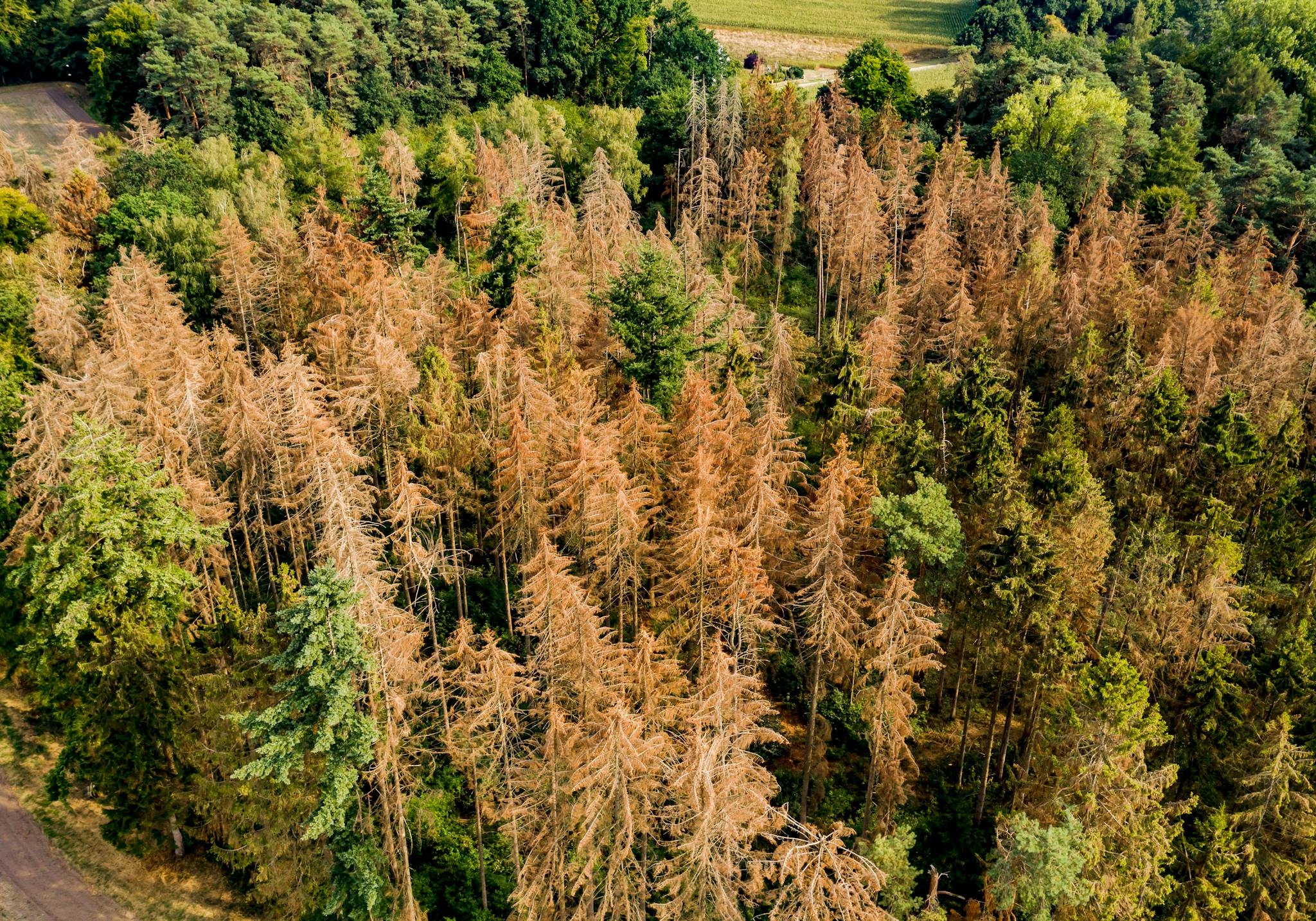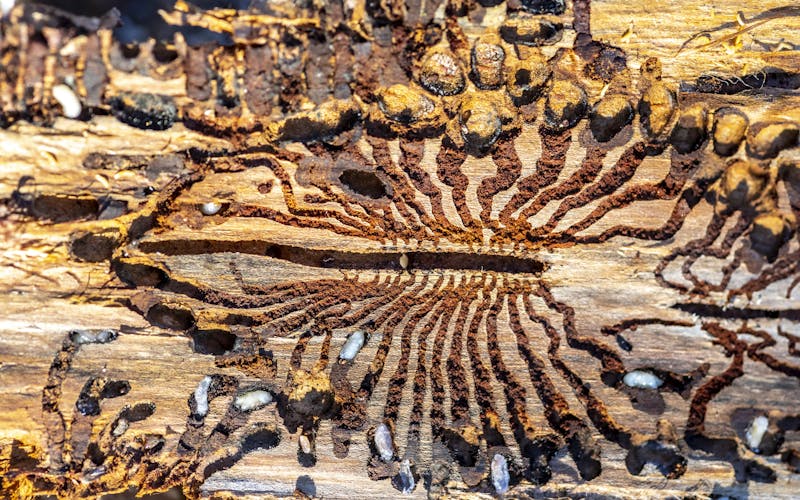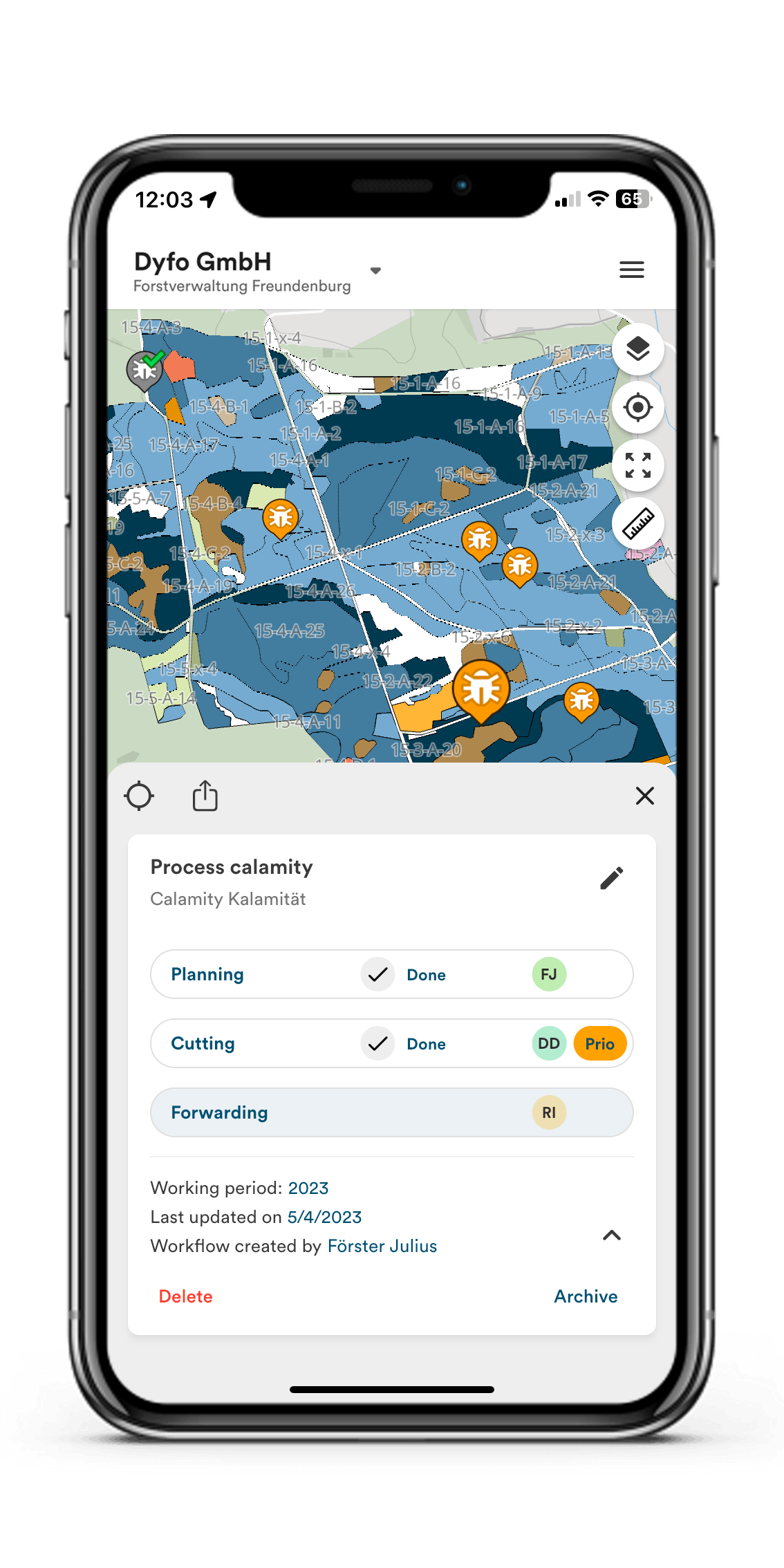
Calamities – A Growing Threat to Forests
Forests are increasingly suffering from the effects of climate change: mild winters, prolonged periods of heat and drought are considerably weakening the trees and leading to more frequent and severe damage in the forest.
This is particularly evident in the increasing infestation by calamities such as the bark beetle, which forest owners are facing more and more frequently. According to the German Federal Ministry of Food and Agriculture (BMEL), over 300 million solid cubic meters of damaged wood were already produced in Germany between 2018 and 2023. Experts therefore assume that more than 500,000 hectares of forest area will have to be restored in the coming years - corresponding to around five percent of the total German forest area.
This enormous challenge requires a rapid and coordinated approach in forestry. Innovative solutions are needed to prevent further long-term damage and preserve the health of the forests. But what exactly are calamities and how can they be effectively combated?
Contents:
What are calamities
In forestry, the term “calamities” refers to large-scale forest damage caused by various factors and leading to significant economic losses.
A distinction is made between abiotic calamities and biotic calamities:
- Abiotic calamities result from environmental and weather extremes such as drought, storms or hail.
- Biotic calamities are caused by pests such as insects, fungi or viruses. One of the most widespread pests is the bark beetle, which typically appears in spring.
Monocultures – forests consisting of a single tree species, such as spruce or pine forests in Central Europe - are especially vulnerable to biotic calamities. These monocultures are often created for supposedly economic reasons, as they are easier to manage. However, they lack the natural resilience of mixed forests, making them more susceptible to calamities such as bark beetle infestations.
The bark beetle
– a growing threat
The bark beetle is one of the most dangerous pests for the forestry industry and causes considerable economic damage. Infestations have increased significantly in the last decade. In 2021, 81.4% of the damaged timber felled was caused by insects, including the bark beetle, compared to only 18.4% in 2011. The larvae of the bark beetle destroy the cambium, the growth and nutrient tissue beneath the bark, causing the tree to die. Healthy trees can defend themselves by producing resin. Weakened trees, on the other hand, are usually defenceless against the pest, as they cannot produce enough resin without a sufficient water supply.
Climate change is exacerbating the problem: increasingly warm and dry summers are weakening the trees and making them more susceptible to infestation. Increased extreme weather events such as storms create additional breeding material for the beetle population. The mild winters further support that larvae and young beetles survive better in the bark and soil, leading to larger beetle populations in the warm months.
Beyond economic damage, bark beetle infestations also negatively affect the carbon cycle: healthy forests are significantly more productive, grow better, and thus store more carbon.


How can bark beetles be controlled?
In order to contain a bark beetle infestation, action must be taken quickly. Not only is timely response to the calamity infestation important, but also an efficient strategy for further control is crucial. As pesticides should only be used as a last resort when combating bark beetles, consistent silvicultural and forest protection measures are the only effective approach. These include:
- Removal of breeding material: infested trees should be removed quickly to prevent further spread. The debris, such as branches, should be allowed to dry out as quickly as possible and should also be removed.
- Early observation: The swarming of beetles should be continuously monitored in order to be able to intervene at an early stage.
- Year-round management: Forestry operations must also carry out continuous monitoring outside the main activity periods in order to keep the beetle population low.
- Forest diversification: Forests should be converted into mixed forests to reduce the food supply for pests and make forests resistant and resilient.
- Digital support: Digital tools offer great potential to make work processes in forestry operations more efficient.

How Dynamic Forest helps fight calamities

The Dynamic Forest software supports forestry companies to respond more efficiently to calamities. Thanks to the plot-based planning of measures, affected areas can be specifically identified and necessary steps such as calamity processing can be digitally recorded directly on site. The centralized management of all operational data and automatic synchronization ensure that up-to-date information on the damage and the measures taken is available in real-time. Thanks to the integrated communication functions, which enable tasks to be assigned via push notifications, for example, the entire team always remains informed and can collaborate efficiently. This ensures a fast and coordinated response to pest infestations - a critical factor in minimizing economic losses and preserving forest health in the long term.
In summary, Dynamic Forest enables:
✅ Instant marking of infested trees and immediate notification of service providers with just a few clicks
📱 Real-time tracking and documentation of treatment progress.
🔗 More efficient team communication for faster, more targeted response.
Outlook
Growing challenges for forestry
As climate change progresses, the living conditions for pests in Central Europe will continue to improve in the medium and long term. Rising temperatures lead to faster reproduction and the spread of new species. This will further increase the problem of calamity infestation in the coming years.
The long-term conversion of purely conifer monocultures into mixed forests with a high proportion of deciduous trees plays a key role in the fight against the mass proliferation of pests and climate change.
Modern methods and digital tools such as Dynamic Forest further support forest monetoring by helping to detect potential damage at an early stage, respond efficiently, and manage the forest in a more climate-resilient way.
After all, only timely action and innovative solutions can ensure that our forests are preserved for future generations.
Would you like to find out more about how Dynamic Forest can support you and your team?
Arrange a free demo with one of our experts here.